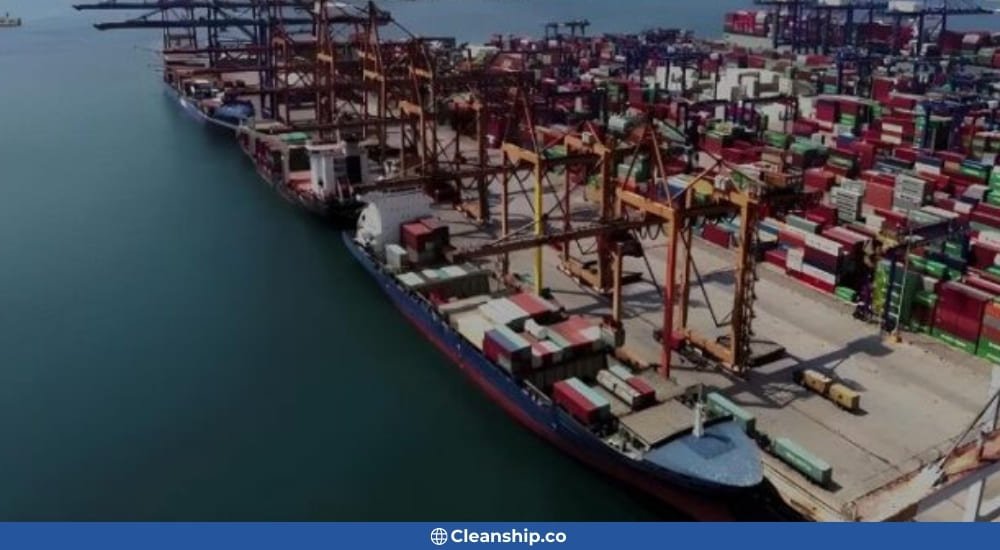When y
ou think of cargo ships, one could easily imagine enormous vessels carrying different goods across the seas. However, the smooth operation behind them presents several problems within cargo holds that could result in delays, damage to goods, or even accidents. Therefore, for shipments to be delivered on time and without any damage, it is important to know about some common problems in cargo holds and how they can be prevented.
1. Water Infiltration and Moisture Damage
One of the biggest problems in cargo holds is water. Ships face severe weather at sea, and while cargo holds are designed to be waterproof, they can still leak. Rainwater or seawater seepage can happen, which causes moisture to build inside the cargo hold.
The moist conditions are also damaging to the goods transported, susceptible ones like electronics, clothes, and food products.
How to Prevent It:
- Regular Inspections: Regular inspections of cargo holds before loading and unloading to identify any leakage or crack.
- Proper Sealing: Proper sealing of hatch covers and seals.
- Dehumidifiers: Make use of dehumidifiers inside the cargo hold, which maintain a low moisture content in the cargo.
2. Cargo Shifting or Unbalanced Loading
Another common problem is the cargo is not properly secured or balanced. The movement of the goods during the voyage may cause damage, even a disaster like turning the ship over. Such a situation may also result in extended delays, as crews have to stop and reorganize the load.
How to Prevent It:
- Proper Loading and Stacking: Cargo should be tied down with tie-downs, straps, and pallets.
- Balance the Load: The cargo load should be balanced all over the cargo hold to prevent it from tilting.
- Train Crew: Train the crew on proper cargo loading techniques for stability and safety.
3. Contamination from Hazardous Materials
Cargo holds are used to accommodate a range of commodities, but sometimes, poisonous substances such as chemicals or oil leak and spoil some other goods being transported. This is unsafe not only for the cargo but also for the crew and the environment.
How to Prevent It:
- Separate Hazardous Materials: Never mix hazardous material with nonhazardous goods. Tag the dangerous items and then use specific places for them.
- Proper Packaging: Hazardous goods should be packed in sturdy, leak-proof containers.
- Regular Inspection: Hazardous materials are regularly inspected to ensure that they are securely sealed and not leaked.

4. Pests and Infestation
As moisture, rats, insects, and other small creatures can get into cargo holds and bring about problems, they can damage goods or contaminate shipments. A reliable Cargo Hold Cleaning Service Provider in India can help mitigate these issues. Delayed unloading also occurs because of infestation problems, as it takes time to clear out the pests.
How to Prevent It:
- Seal openings: holes and cracks on the cargo hold are all sealed tight so that pests do not enter.
- Routine Pest Control: Regular inspection and treatment of cargo holds with pest control solutions to avoid infestation.
- Cleanliness: Cargo holds shall be kept clean and free from food debris or other materials that attract pests.
5. Temperature Fluctuations and Freezing
Certain cargo, such as food and medicine, need special temperatures to remain safe. Any change in the inner cargo hold temperature or goes too low may lead to spoilage of food or even freeze to freeze, resulting in loss of value.
How to Prevent:
- Temperature Control: Refine the perishable items into refrigerated containers. Before leaving, ensure that the temperature control system is working well.
- Monitor Temperature: Use temperature monitoring systems that detect if cargo holds become too hot or cold and alert the crew.
- Route Planning: Plan your shipment routes that will avoid drastic temperature changes, and schedule shipments according to weather forecasts.
Conclusion
Cargo hold problems are far from mere hassles because they often come with significant costs in terms of damage and delay. Awareness of these common problems, such as water infiltration, cargo shifting, hazardous materials, pests, and temperature extremes. You can take precautions against them so that your goods arrive safely and on time. Never forget to check cargo regularly, properly lash cargo, and use the proper tools and equipment to deal with potential problems.

